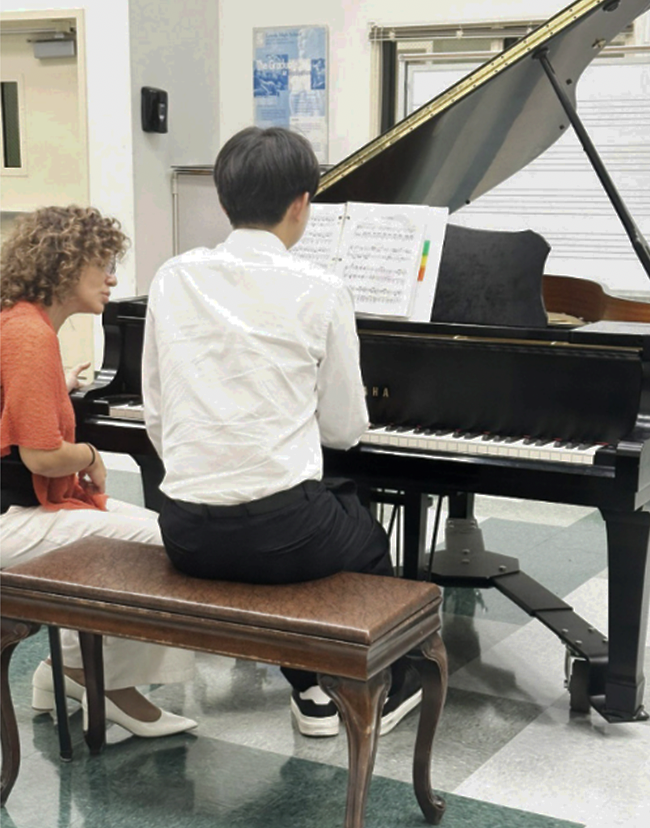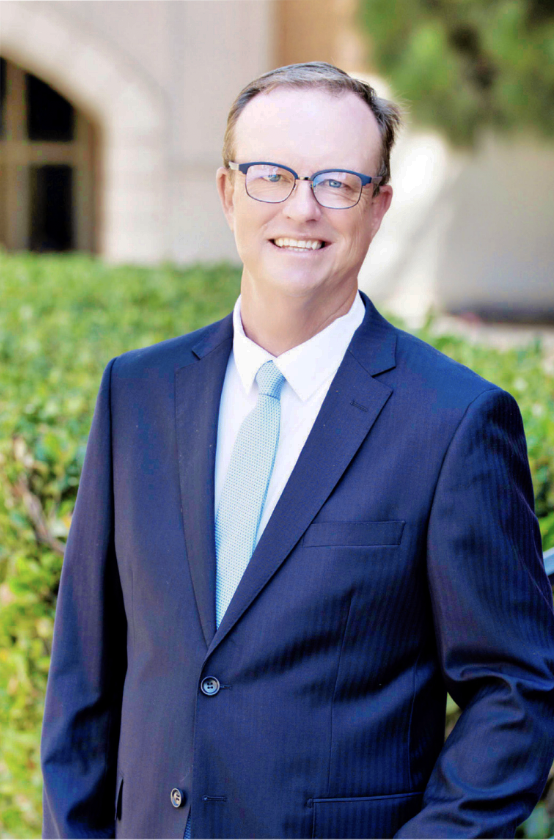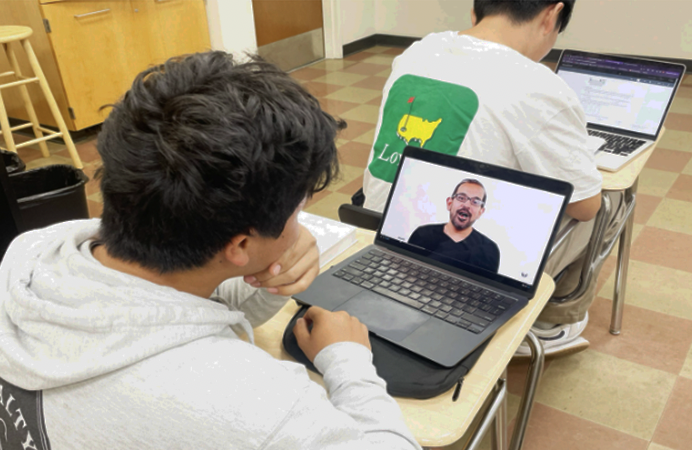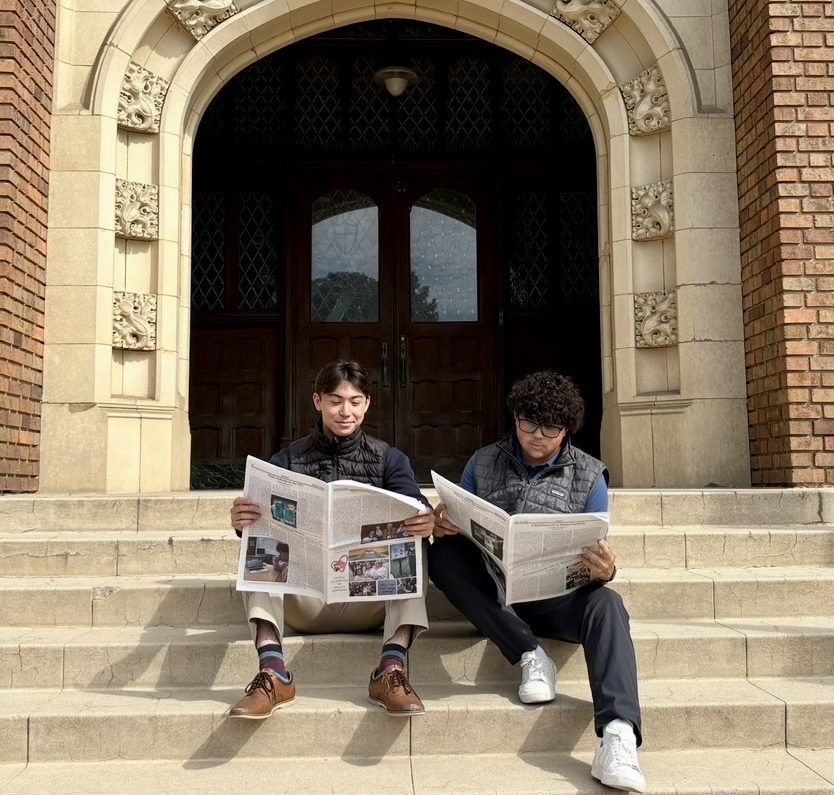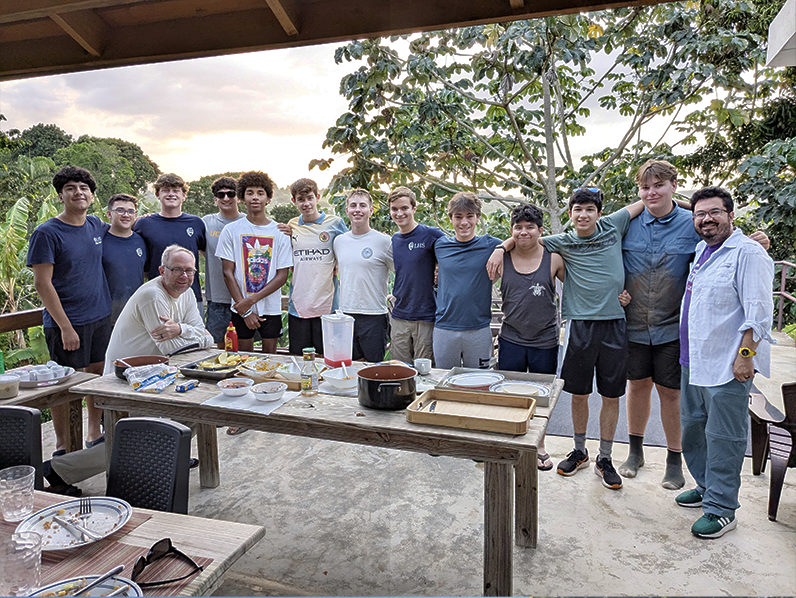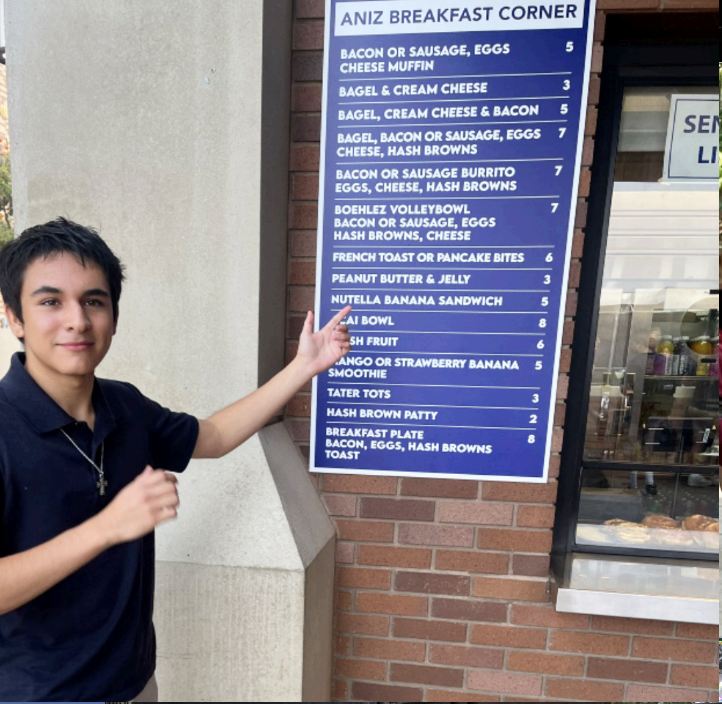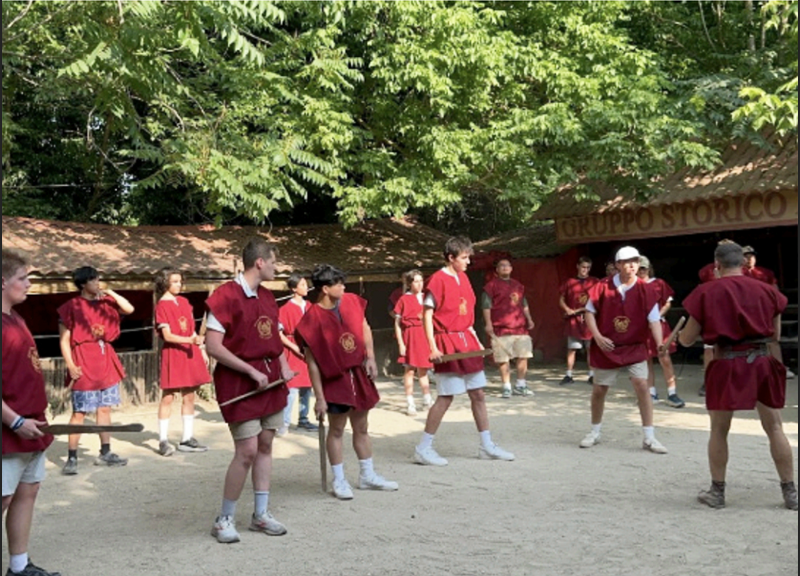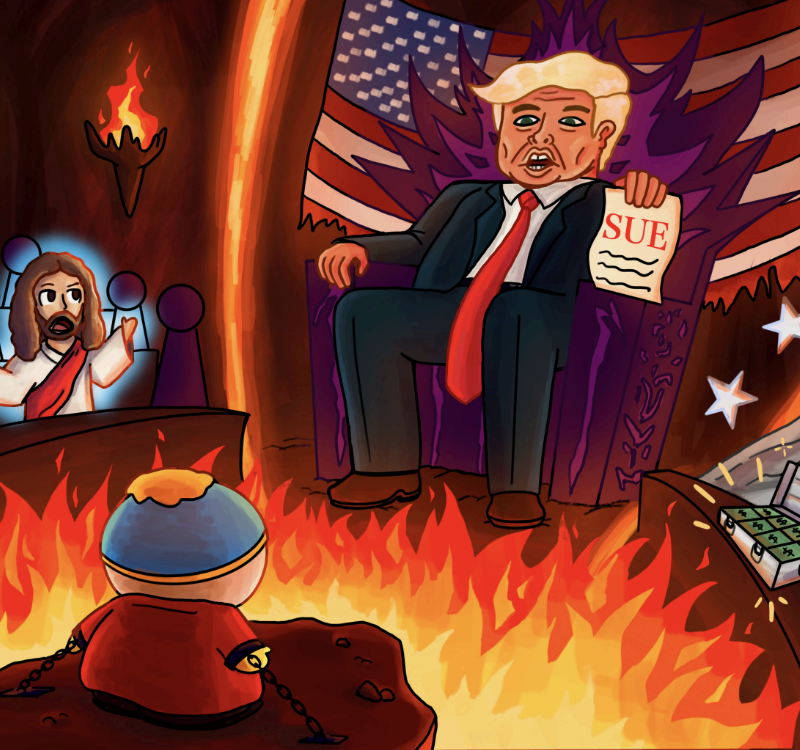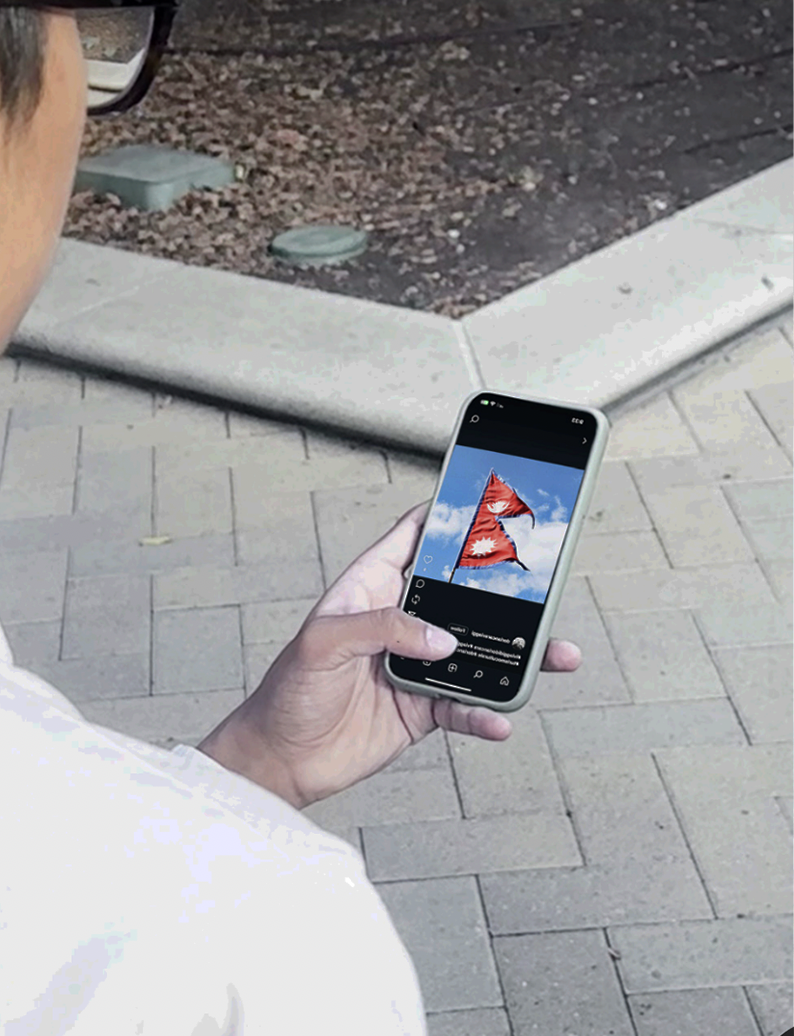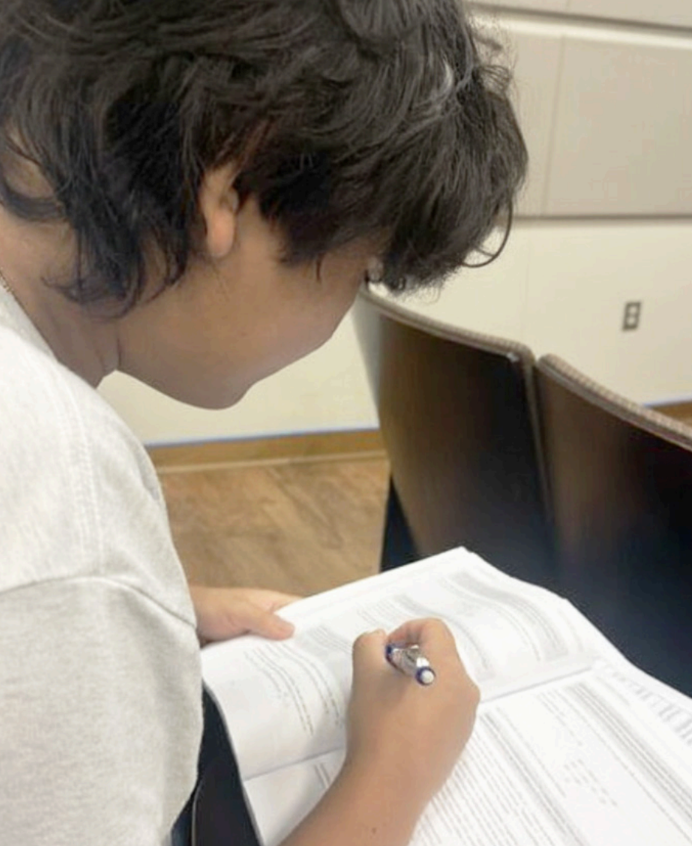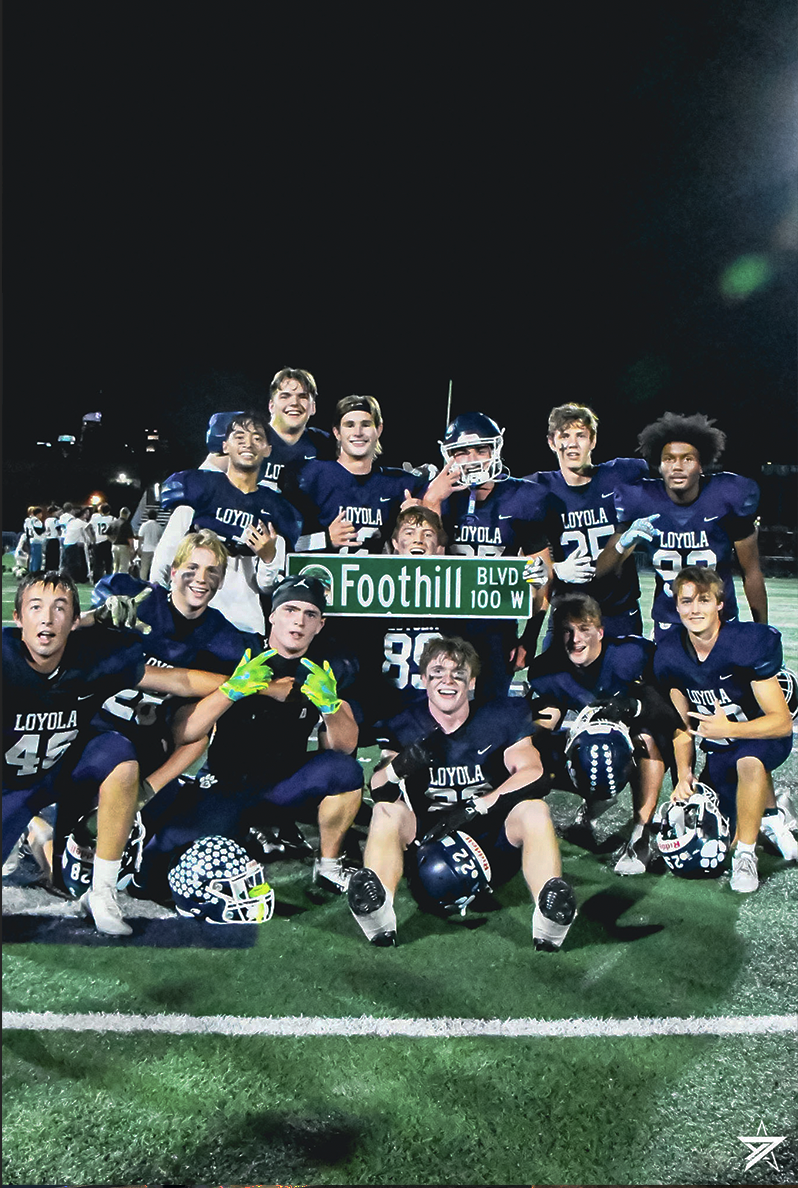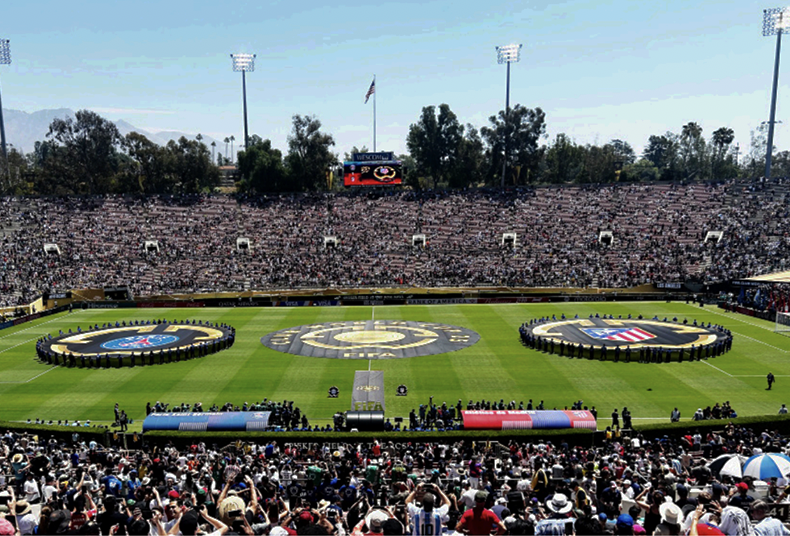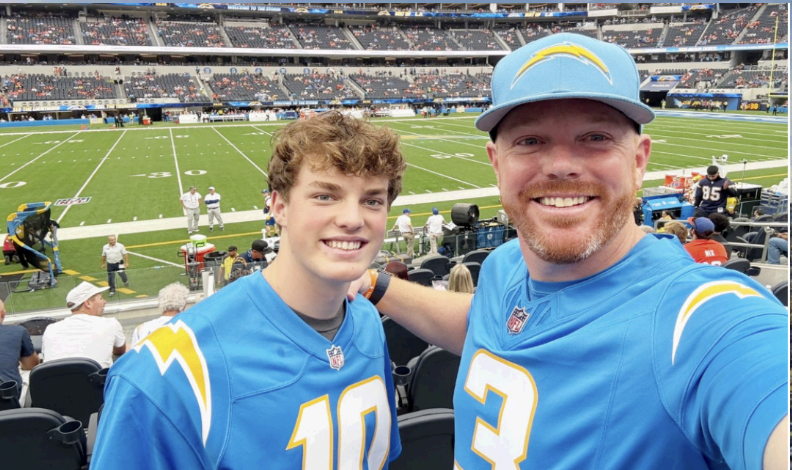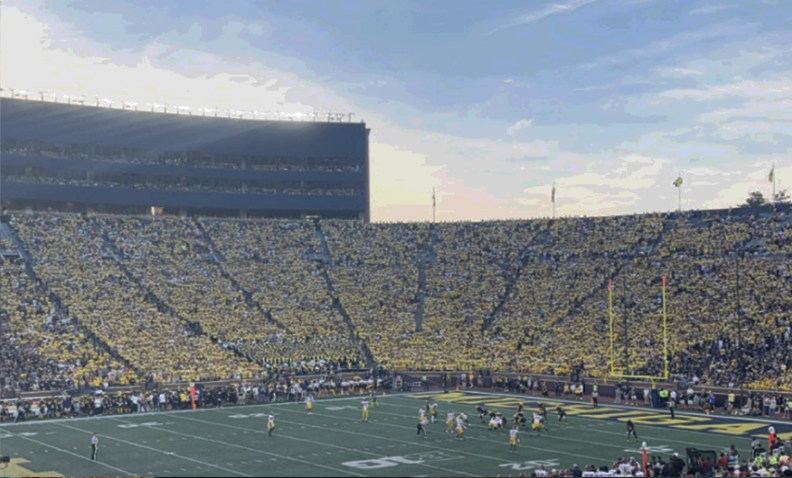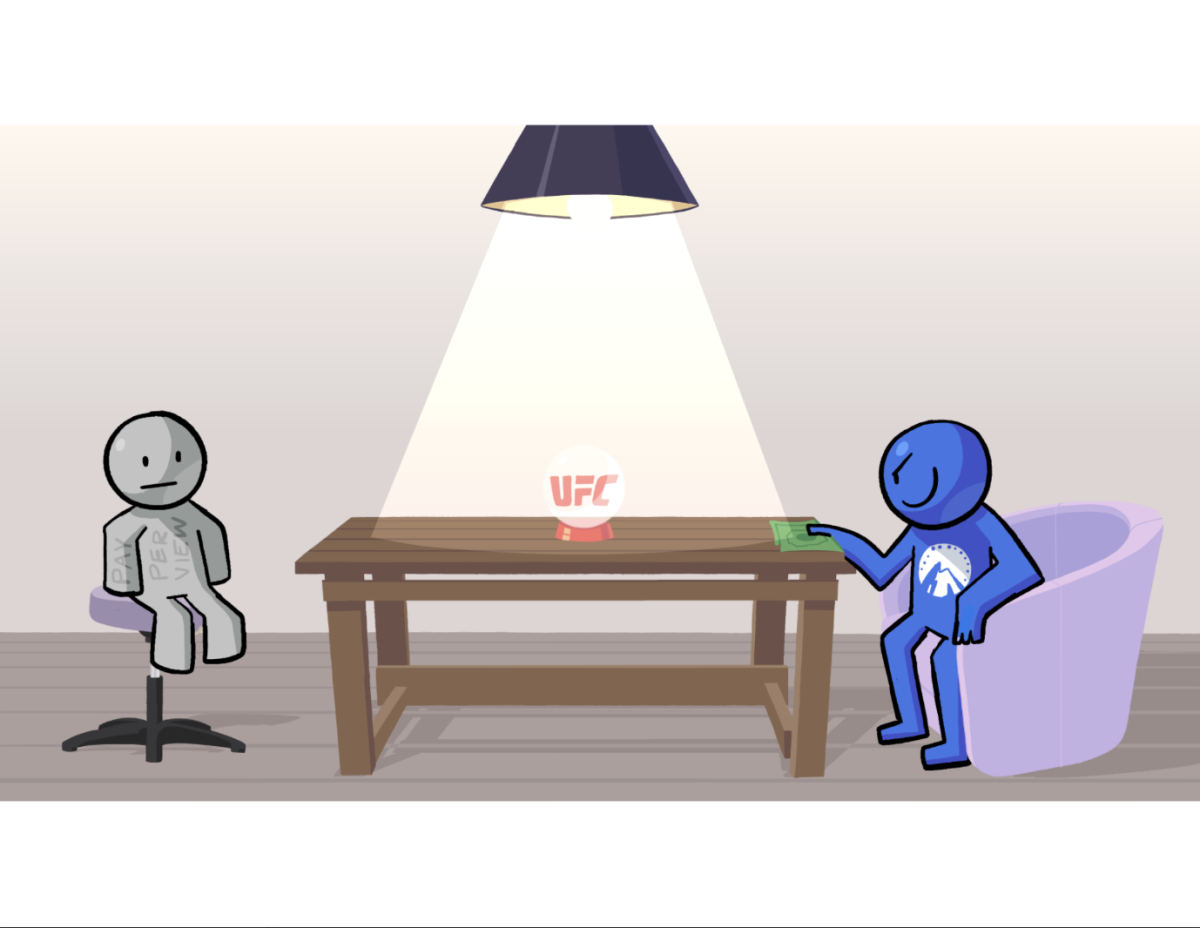Before the arrival of Spanish settlers, Los Angeles County was home to an indigenous tribe known as the Tongva, later referred to as the Gabrieleño-Tongva tribe. These native peoples were spread throughout Southern California and called the area home for thousands of years. However, during Spanish colonization, the Gabrieleño-Tongva tribe was enslaved and their population was decimated. After their land and lifestyles were forcibly taken, the tribe’s culture was seemingly erased from Los Angeles.
The story of the Gabrieleño-Tongva tribe is all too common in American history. There are countless instances of Native Americans being forced out of their land, leading to the cultural destruction of many tribes. In recent years, U.S. institutions, namely colleges and universities, have acknowledged that the land they claimed as their own originally belonged to Native Americans.
Top colleges such as Harvard, Stanford and Duke all have formal land acknowledgments, recognizing that their campuses were built on ancestral lands of indigenous people. In our continuous effort to better ourselves, the Loyola community should have a similar land acknowledgment. However, before we make such a heavy statement, there are several steps that should be taken to prevent any additional harm.
Loyola needs to have a better understanding of our role in the displacement of Native Americans. As a community, we know very little about what natives inhabited our land and how we have impacted them by our presence.
Campus Minister Christian Astran says, “We don’t even know what we don’t know. Our first goal should be learning about our own impact and identifying the people we should be in a relationship with. Then, we need to discern how to approach them and how to open up dialogue.”
After those initial steps have been completed, we can work on creating a formal land acknowledgement with the people that it directly addresses. In order to reach that desired place of reconciliation, it is crucial that we get the consent and input of the native people so that we do not do any harm by publishing such a statement.
Some may argue that there is not a need for Loyola to make a land acknowledgment because we were most likely not the ones who originally took the land from the natives. However, Jesuit philosophy teaches us to inherit the responsibilities of the communities we are a part of because we also benefit from the historical displacement of power.
Astran adds, “This is a long, ongoing process. It will be slow, grinding, and uncomfortable, but you just have to be willing to sit with that if you want to do meaningful work.”
It is also important to recognize that during this discernment process, we may make mistakes. Nevertheless, if we can take steps towards correcting centuries of injustice, we should.
Although it does not heal the wounds caused by decades of disempowerment, Loyola should recognize that its land came from Native Americans in our effort to be men and women for and with others.




